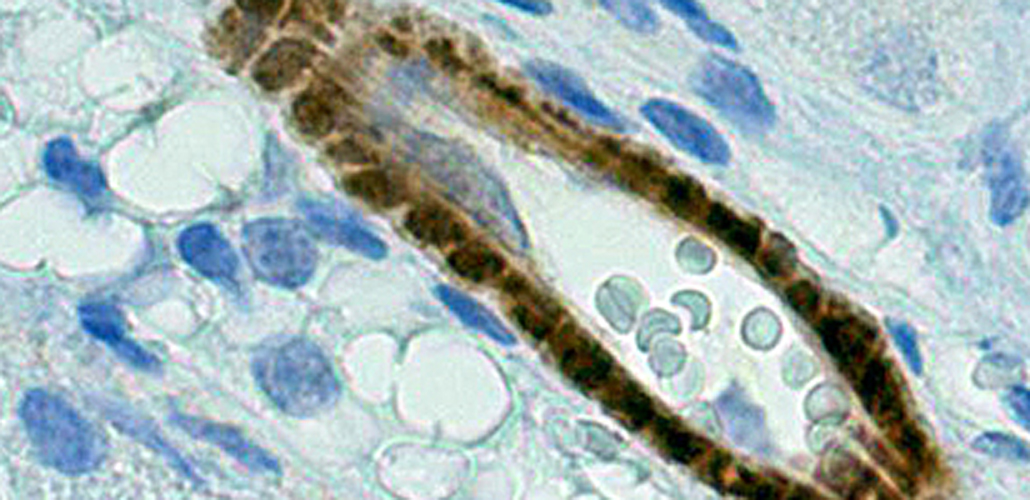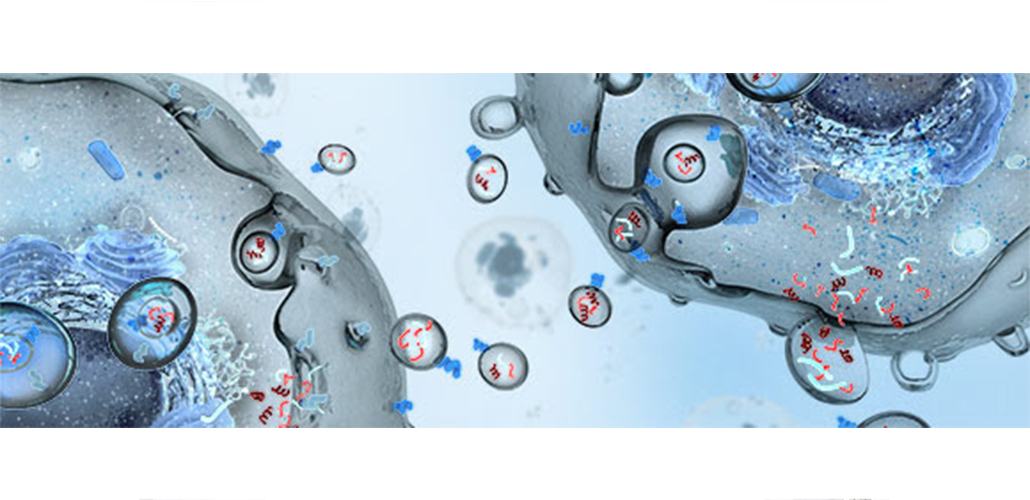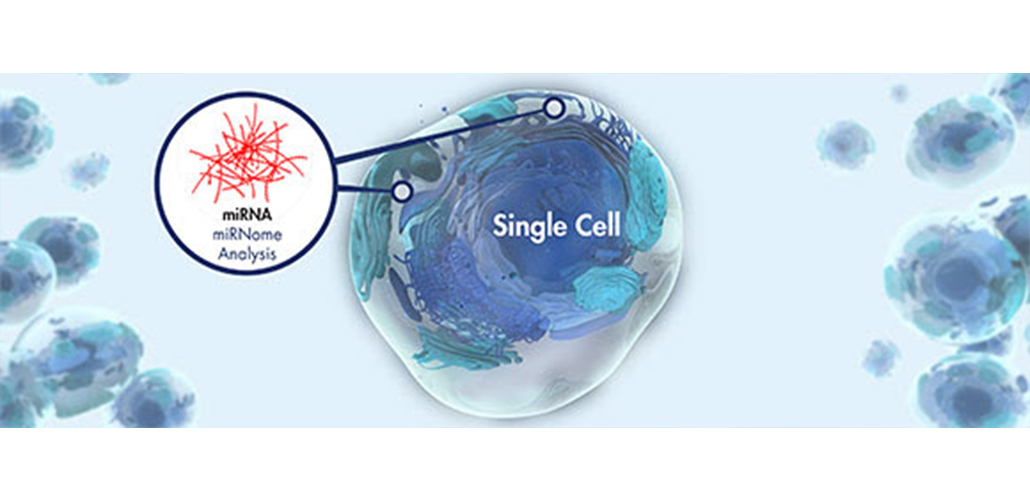Why RabMAbs� aren't the same as any other antibody� What's unique about RabMAbs�?
Anatomy - Pathology / Animal Sciences / Cell Biology
November 04, 2013Do you know that antibodies generated with RabMAb technology provide better antigen recognition than traditional mouse antibodies?
RabMAbs (rabbit monoclonal antibodies) combine the superior antigen recognition of a rabbit antibody with the specificity and consistency of a monoclonal.
They are generated using a unique and proprietary method of monoclonal antibody development from rabbits rather than the conventional method of starting with mice or rats.
The basic principle for making RabMAbs is the same as for mouse monoclonals. Proprietary rabbit fusion partner cells can fuse to rabbit B-cells to create the Rabbit Hybridoma cells, true rabbit-to-rabbit hybridomas (1).
Hybridomas are then screened to select for clones with specific and sensitive antigen recognition and the antibodies are characterized using a variety of methods (view the process of RabMAb creation below).
Unlike traditional murine antibodies, antibodies generated with RabMAb technology provide better antigen recognition (2). The reason for this is that the rabbit immune system generates antibody diversity and optimizes affinity by mechanisms that are more efficient than those of mice and other rodents. This increases the possibility of obtaining a functional antibody that will work in a variety of applications (3, 4).
Additionally, many small compounds and peptides do not elicit a good immune response in mice but do favorably in rabbits. It is often for this reason that rabbit polyclonal antibodies are developed and used in many research and diagnostic applications, ranging from drug screening to clinical diagnosis.
In conclusion, RabMAbs bring the combined benefits of superior antigen recognition of a rabbit immune system with the specificity and consistency of a monoclonal antibody, providing antibodies with superior binding affinity and bioactivity in a wide variety of biological assays.
Patented technology
Abcam RabMAb technology is currently the only available hybridoma-based technology for making rabbit monoclonals and covered under the following U.S. Patents, No. 5,675,063 and 7,429,487. Abcam broad patents cover not only the rabbit fusion partner cell line but also the method for generating rabbit fusion partner cell line as well as the antibodies produced from the cell line.




